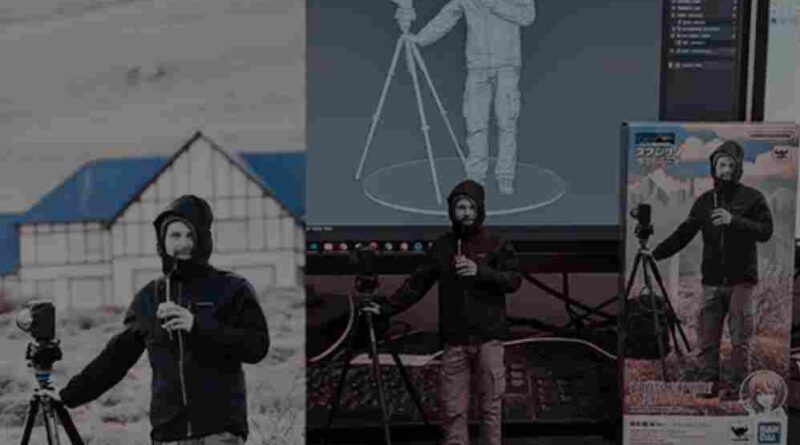New AI Tools Let Users Turn Their Photos into 3D Figurines
Artificial Intelligence is now stepping into an exciting new corner of creativity—bringing your selfies and portraits to life as collectible 3D figurines. A combination of tools like Nano Banana (Google’s Gemini 2.5 Flash model), ChatGPT, and Qwen is making it possible for users to generate realistic, toy-like versions of themselves with just a few clicks.
This innovation is being hailed as a playful intersection of AI, personalization, and digital art—one that appeals to both casual users and tech enthusiasts.
From Photo to Figurine: How It Works
The process begins with a simple image—usually a selfie or a well-lit portrait. Nano Banana takes that photo and transforms it into a 3D-styled figure, complete with textures, poses, and collectible-style aesthetics.
Unlike basic photo filters, this technology allows you to add depth, shadows, bases, and even packaging designs. Imagine seeing yourself not just in a portrait but inside a display box, styled like an action figure on a store shelf.
What makes this even more interesting is the collaborative role of ChatGPT and Qwen. These tools act as creative assistants, helping users refine prompts, upscale quality, or correct small imperfections in the render.
Step-by-Step Process
- Select a Clear Photo – A high-resolution, front-facing image works best.
- Upload into Nano Banana – The AI interprets the subject and begins the transformation.
- Craft a Prompt – Detailed instructions such as “create a collectible figurine with realistic skin texture on an acrylic base” ensure better results.
- Generate and Review – Nano Banana outputs the figurine. Sometimes distortions or low resolution appear.
- Refine with Qwen or ChatGPT – These tools can enhance resolution, sharpen details, and suggest improved prompt wording.
- Iterate – Users may repeat the process a few times for perfection.
- Finalize and Export – The end result is a digital figurine, which can be shared online or even prepared for 3D printing.
Why This Is Catching Attention
The excitement comes from how accessible the technology feels. Anyone with a decent photo and some curiosity can create a figurine version of themselves. Unlike traditional 3D modeling, which requires expertise and expensive software, AI handles the heavy lifting here.
It also opens up new possibilities:
- Personalized gifts – Figurines for birthdays, anniversaries, or even weddings.
- Collectibles culture – Fans might recreate themselves alongside fictional characters.
- Creative expression – Artists and hobbyists can experiment with new visual styles.
Challenges and Limitations
As with most AI tools, the results are not flawless. Nano Banana sometimes struggles with fine details like hands, textures, or background consistency. Extended use may also reduce image resolution.
There are also ethical considerations. Using someone else’s photo without permission raises questions about likeness rights. Watermark removal is another sensitive area, as some platforms restrict it to ensure authenticity.
The Bigger Picture
This trend highlights a larger movement: AI isn’t just solving problems; it’s reshaping play, identity, and creativity. Figurine creation may sound niche, but it represents the growing personalization of digital experiences.
Where filters once dominated social media, fully rendered 3D collectibles could be the next step. With AI models evolving rapidly, it may not be long before people can order physical 3D-printed versions of their AI-designed figurines right from their phone.
Final Word
The collaboration of Nano Banana, ChatGPT, and Qwen shows how far AI creativity has come. What was once the domain of professional 3D artists is now at everyone’s fingertips. Whether for fun, art, or self-expression, these figurines give people a chance to literally see themselves in a new dimension.
Disclaimer
The information and content shared on digitalgithub.com — including articles, blogs, news, guides, and other resources — is intended for general informational and educational purposes only. We do not guarantee the completeness, reliability, or suitability of any information. Always seek the guidance of a qualified professional before making decisions based on the information you read. Use this site at your own risk.

